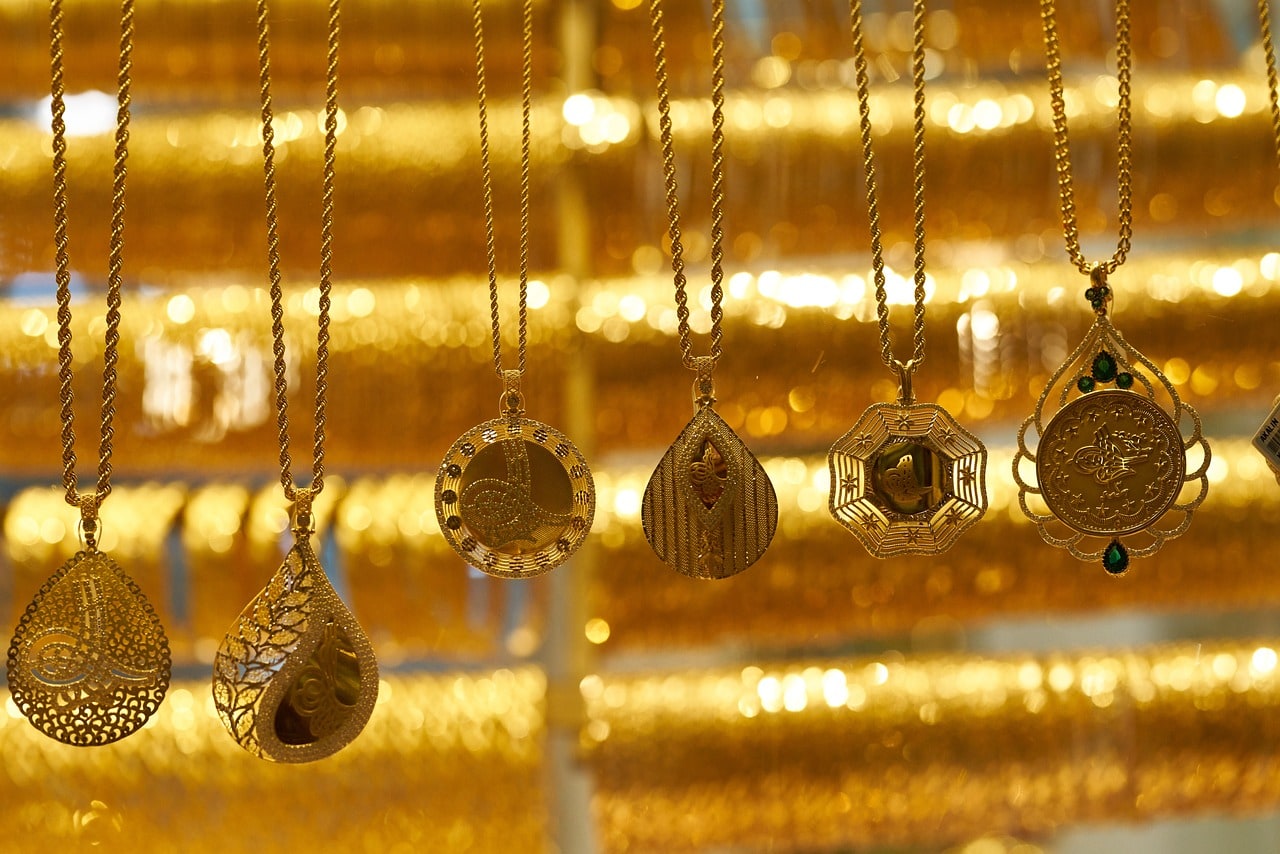
Table of Contents
Gold can be used in many different ways in jewelry but it can also come in various types, alloys, and looks. Some of those are more popular and well-known than others. However, they all have unique looks and properties that make them better for some jewelry designs and worse for others.
While we tend to think of gold as just one type of metal, there are several types. In this article, let’s go over the 11 types of gold in our concise but complete guide below.
We’ll also go over which type of gold is seen as “best” for certain common jewelry purposes, what are the few most popular karat sizes, and what exactly are gold coatings.
What is Gold?
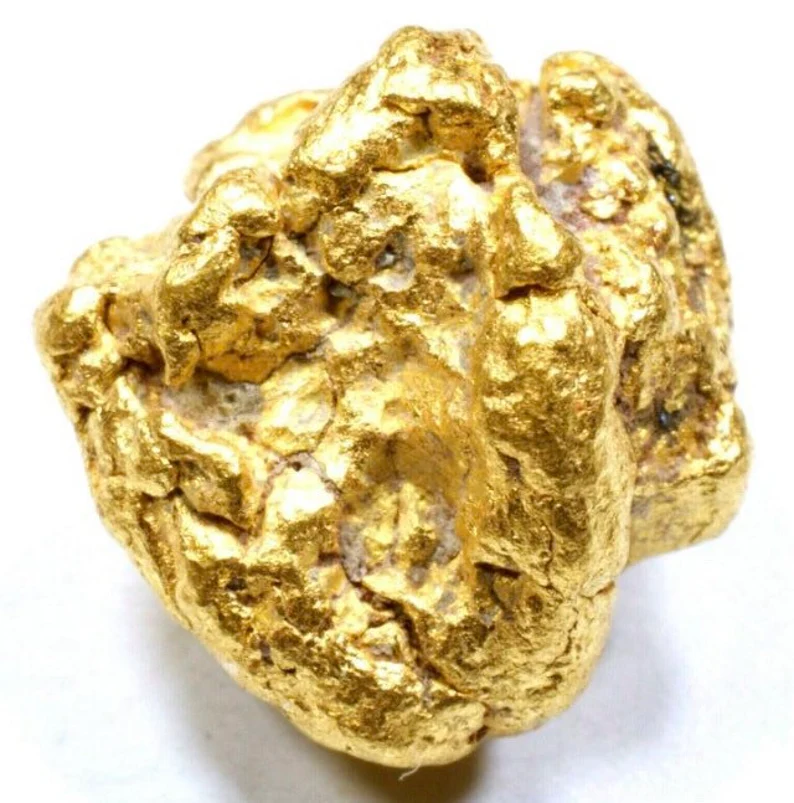
Gold is one of the most popular and sought-after precious metals both in jewelry, as a currency, and just historically overall. Relatively soft for a metal, gold is very ductile and malleable.
This metal was first discovered by the Ancient Egyptians in Nubia sometime around 2,450 BCE or ~4,500 years ago. The famous Egyptian alchemist Zosimos was the first to discover pure gold and ever since then, gold has been seen as incredibly valuable both because of how rare and how beautiful it is.
In fact, gold is rare not only on Earth but in the universe as a whole because it has a pretty hefty atom made out of 79 protons and 118 neutrons. So, even despite all modern technologies, gold is still quite rare and valuable. The atomic number of gold is 79, because of its number of protons, and its elemental abbreviation is “Au”, after the Latin word “Aurum”, i.e. “Shining Dawn.”
What About Gold in Jewelry?
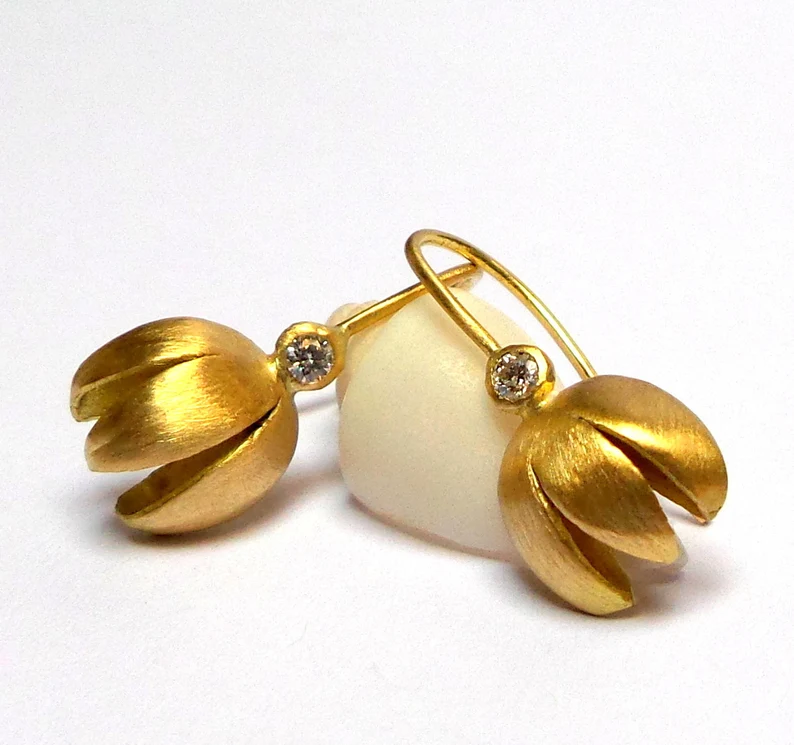
Most gold you’ll see in jewelry isn’t pure 24-karat gold. That’s because pure gold is a little too soft for most jewelry purposes and doesn’t make for durable and long-lasting jewelry pieces.
So, there are numerous different gold alloys used in jewelry with 18-karat (75% pure gold plus another metal) and 14-karat (58% pure gold plus another metal) gold alloys being especially common.
But what exactly do gold karats mean and how do they work with the different types of gold alloys we’ll list below?
The Difference Between Gold Karats
24-karat gold is famous as “the most valuable” which is understandable as it’s the purest. However, pure gold is rarely good for jewelry, particularly for jewelry that’s meant to be worn regularly.
So, the jewelry industry has learned to form gold alloys with other metals to make the jewelry gold hardier and more durable rather than just more cost-effective (although that’s an undeniable side benefit).
Another advantage of forming various gold alloys is that it leads to many different types of gold, each with its own color, shine, beauty, and other properties. And what better purpose is there for a jewelry metal than to be beautiful, shiny, and colorful?
With that in mind, what are the most popular jewelry gold alloys you’ll encounter?
1. 24 Karat Gold
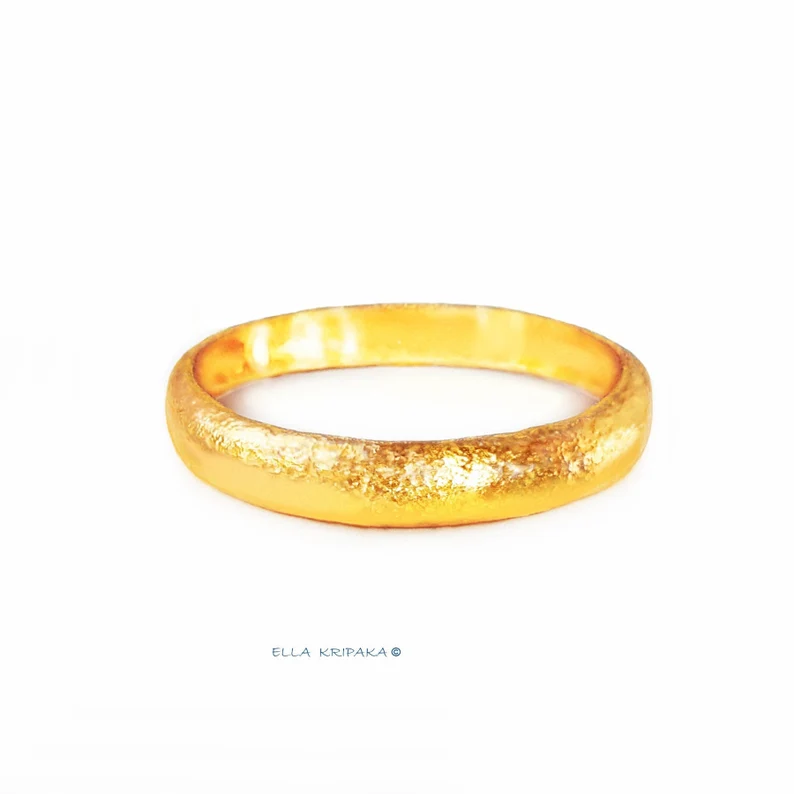
While pure gold 24-karat gold is soft and not ideal for jewelry, it’s still highly valued for the sheer fact that it’s pure.
Simply put, while many collectors still value 24-karat pure gold jewelry very highly because of its purity and fidelity, for most other people who just want an engagement ring or another piece of everyday jewelry, 24-karat gold is not only overly pricey but it’s also not practical due to its softness.
Choose 24k gold if you want something rare, valuable, and symbolic in its purity.
2. 18 Karat Gold
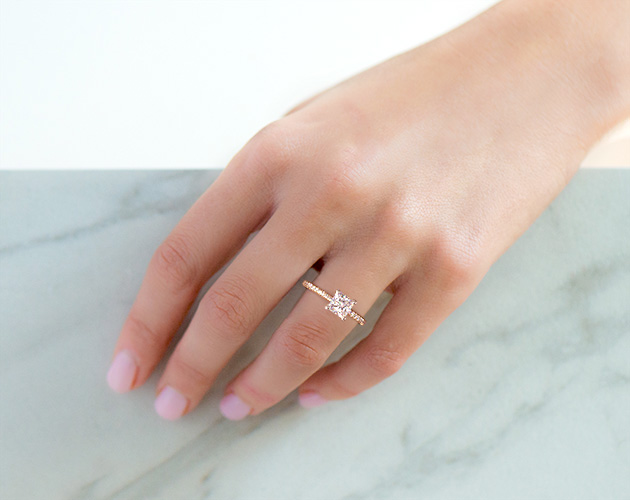
This alloy typically includes 75% pure gold and 25% zinc, copper, or another metal harder than gold. This makes 18K gold less valuable because of its lower gold contents as well as being a bit less bright.
However, the extra hardness granted by those 25% zinc or copper is ideal for most jewelry purposes, making 18K gold a great medium point between quality and value for many people.
3. 14 Karat Gold
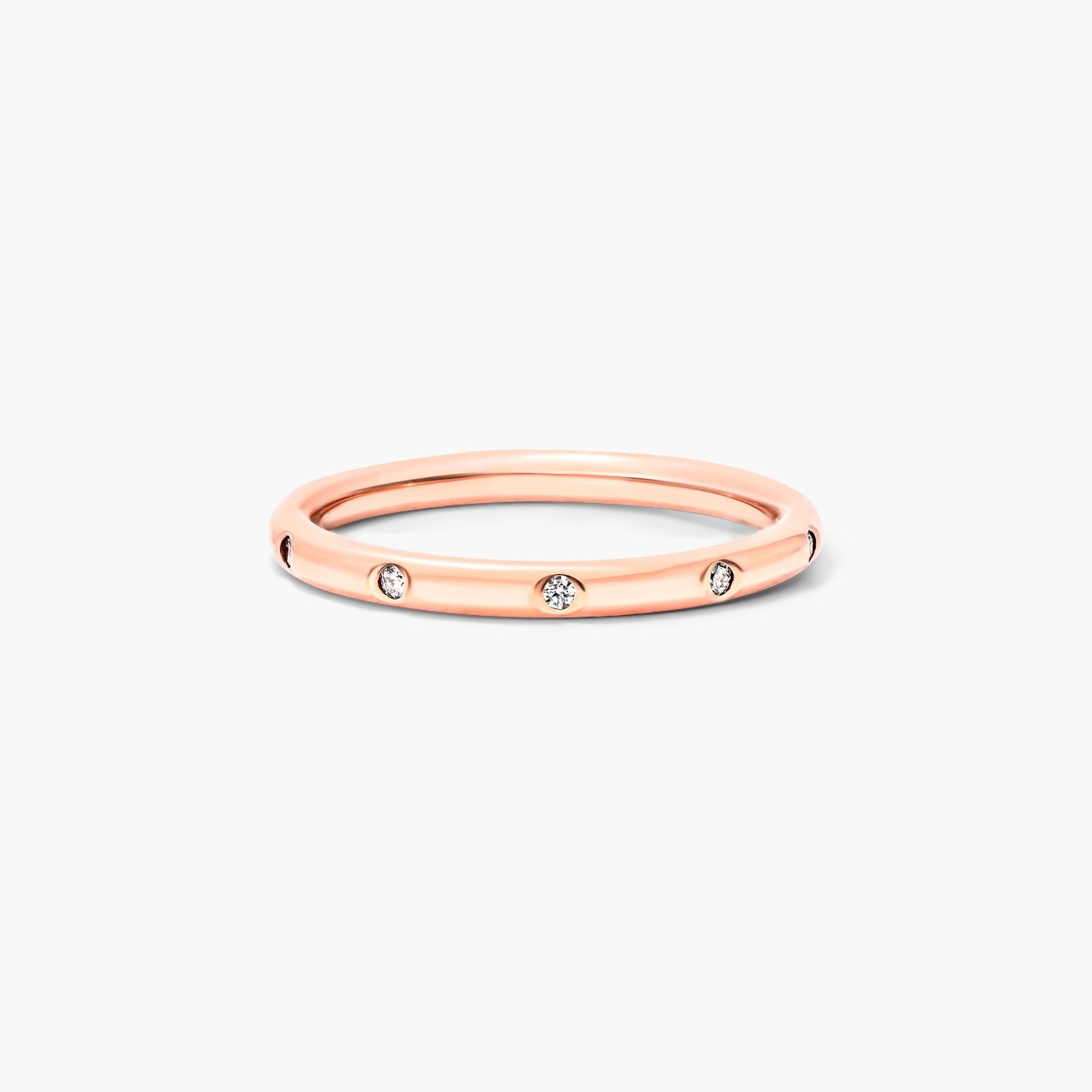
Similar to 18K gold, 14-karat alloys are created for jewelry pieces that need a durable and affordable but still gorgeous metal. In fact, as a mix of 58.3% gold and 41.7% other metals, 14K gold is often cited as the most commonly-purchased gold alloy in the US and in many other countries across the globe.
Of course, 14K gold isn’t as bright as 18K and 24K gold, but it’s even more durable. What’s more, it’s about 30% to 60% more affordable while still having quite a bit of shine. Another thing to note is that, if you have a skin sensitivity to nickel, the risk of skin allergies is greater with 14K gold than with 18K so you might want to check what the other metals in the gold alloy are before purchasing.
4. 10 Karat gold
10K gold is widely seen as the lowest karat a gold alloy can be while still being called “gold”. Of course, technically, even lower karats are possible, but even just 10-karat gold already has a too low gold content (41.7%) and low shine for most people’s taste. The risk of nickel skin irritations also becomes more significant although the extra affordable price is worth it in some cases.
So, with the gold karats out of the way, let’s go over the most common types of gold you’ll see used in jewelry and some less popular variants you may not have heard of before.
How Many Types of Gold Are There?
Technically, there can be thousands if not more types of gold, depending on how specific you want to get about the karats, other metals in the alloy, precise quantity percentages, and other factors. The far more common and more manageable way to differentiate between gold types, however, are by color and the creation process of the metal (when it’s not just a straight alloy).
1. Yellow Gold Alloys
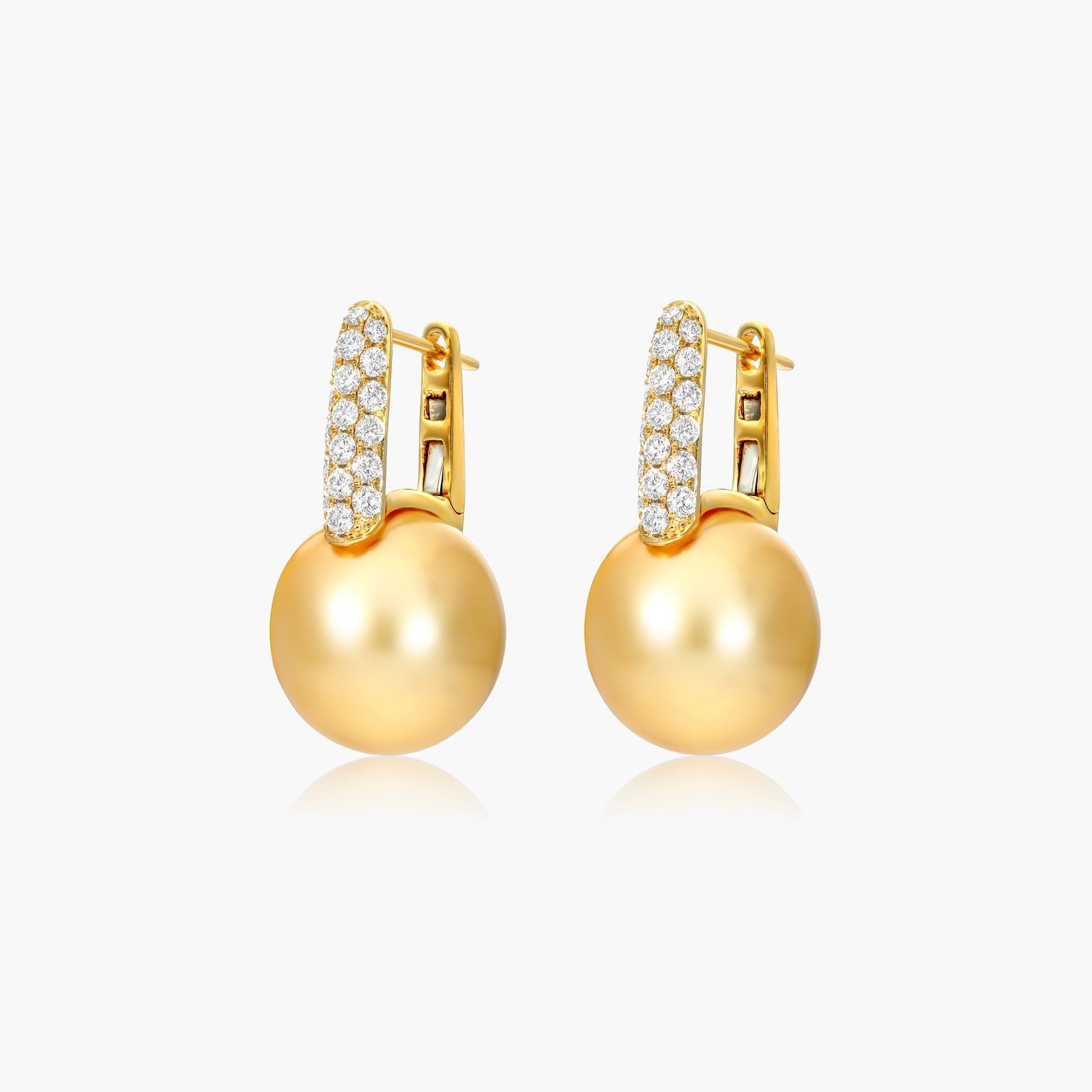
Yellow gold is understandably the most common and popular type of gold. By “yellow gold” we don’t only mean 24 Karat pure gold, even though that’s a type of yellow gold too.
In addition to pure gold, 18K alloys of 75% gold plus 25% silver, copper, zinc, and other metals can also have the classic bright yellow gold color. The exact contents of the alloy are usually 12% to 15% silver and 10% to 12% copper with a couple of percent of zinc or nickel.
Alternatively, 14K yellow gold alloys can consist of 58.3% gold plus 30% to 33% silver, 10% to 13% copper, and up to 3% zinc or nickel – any more silver than that, however, and the alloy won’t be as yellow.
2. White Gold Alloys
White gold is another very popular option as it has a stylish and clean look that’s historically been preferred for men’s gold jewelry. In recent years it’s grown even more popular with men and women alike, however, and has turned into most people’s preferred choice for engagement rings.
What gives white gold its signature look is the addition of not just silver but also palladium in the alloy. In 18K alloys, this means up to 10% silver and 15% to 25% palladium joining the 75% gold while in 14K gold alloys the silver is used more – 2% to 35% silver with 8% to 14% palladium and 58.3% gold
Interestingly, the lower the karats, the more prevalent silver becomes – in 10K gold we have 41.7% gold, 7% to 11% palladium, and 46% to 48% silver. Essentially, 10K gold is almost 50/50 gold/silver alloy with just a bit of palladium for the extra durability and to keep the color white rather than greenish.
3. Rose Gold Alloys
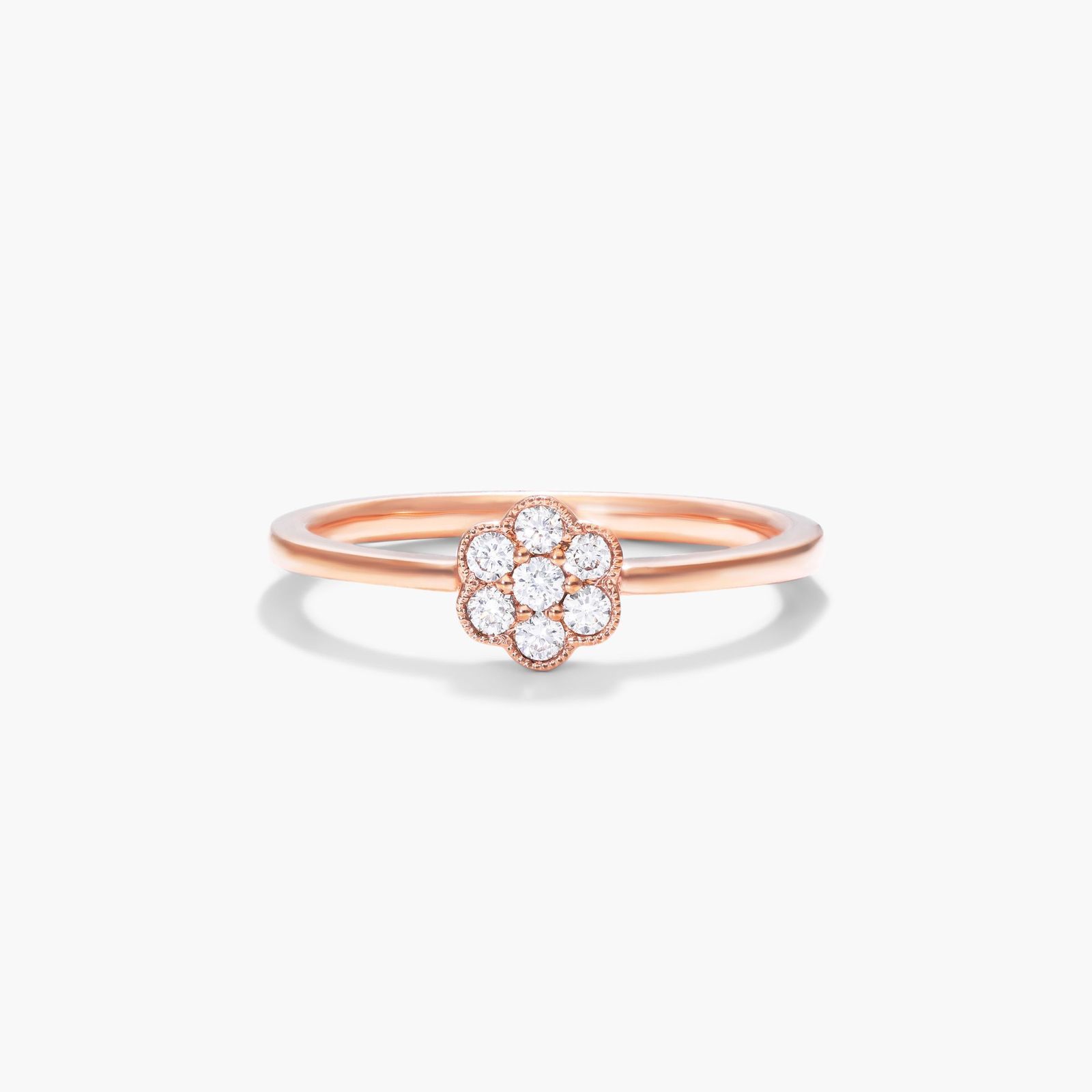
The third most popular gold color and alloy over the last few centuries has been rose gold. This alloy owes its color to the extra presence of copper rather than silver. A standard 18K rose gold alloy includes 22% to 23% copper and only 2% to 3% silver in addition to the 75% gold.
In 14K rose gold alloys we have 31% to 33% copper with 8% to 10% silver and 58.3% gold while in 10K rose gold alloys the copper is almost as much as the gold – 37% to 39% copper, 41.7% gold, and 19% to 21% silver.
Those combinations give rose gold a soft and feminine rosy color, good durability, and an affordable price.
4. Green Gold Alloys
On to the less well-known gold alloys, green gold is actually a simple alloy of gold and silver without the third metal. This makes it similar to the white gold alloy but without the palladium to keep the alloy white. The end result is a greenish yellow/white gold that isn’t very popular in chain stores but can occasionally be found in smaller independent jewelry shops.
It’s also worth noting that natural greenish gold/silver alloys can also be found – those are called electrum. They are not often found naturally, however, and, as with the artificial green gold alloy, are not all that popular.
5. Purple Gold Alloys
Another bizarre alloy is the gold and aluminum purple gold intermetallic alloy. The term “intermetallic” here refers to alloys of metals with different crystallographic structures than the metals that comprise them.
In essence, such alloys are more brittle and difficult to work with than most other alloys used in jewelry. This makes purple gold rarely used despite its unique color – the few jewelers that employ intermetallic purple gold alloys tend to only do so for ornamentation
6. Blue Gold Alloys
An even less common type of gold is blue gold. This type of gold can either be formed as an intermetallic alloy similar to purple gold (but with indium or gallium) or it can be made by giving yellow gold and oxidized coating. In neither case is the blue color really strong, however, nor is the alloy durable and long-lasting, hence why this isn’t a common type of gold.
7. Black Gold
Unlike the previous examples, black gold isn’t an alloy at all. Instead, this is made by giving yellow gold a type of black surface coating. This coating can be done in numerous ways:
- A cobalt or chromium coating that’s been oxidized and blackened with heat
- The gold can be given a femtosecond laser treatment that blackens the surface layer of the gold without damaging the rest of the metal
- Carbon vapor deposition (CVD) is used to deposit carbon vapor into the surface of the gold and blacken it
- Chemical patination can produce a black patina on the surface of the gold
- Electroplating can also be used to create a coating layer of ruthenium or black rhodium on top of the yellow gold
Of all those treatments, the femtosecond laser is the only one that produces a permanent black color – all other coatings will only last for a few years at most before the coating needs to be re-applied.
8. Gold Plating
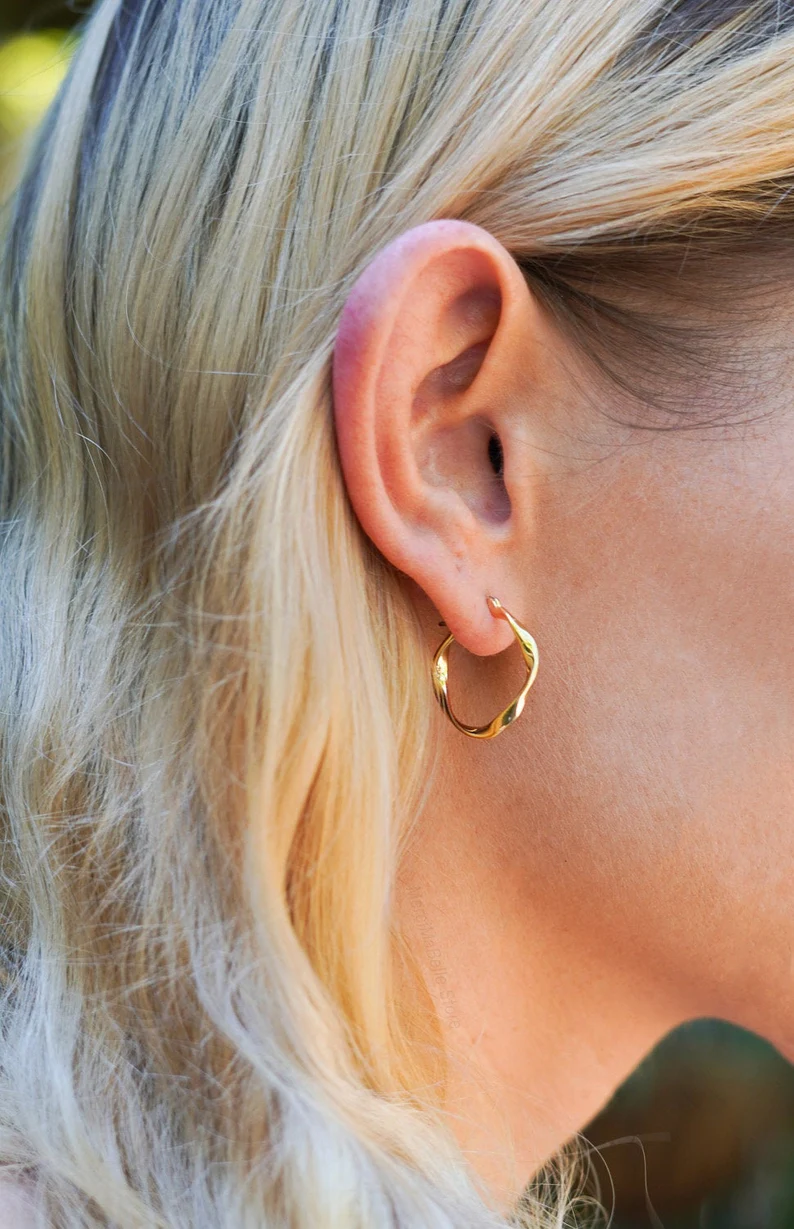
Speaking of gold coating, there are also four types of gold that are based not on their color or the components of their alloy but on the way a layer of gold coating has been applied over a different metal. In other words, these aren’t alloys at all.
The first basic example are gold platings. In this case, a very thin layer of gold – 0.175 microns (7 millionths of an inch) to be exact – is plated, usually over a base of brass or copper. If the plating is done well, the gold-plated jewelry will look good, especially at first. The problem is the durability, however, as the plating is very easy to scratch off.
Still, this is a good and very cost-effective option if you just want to try a new trend, or you want a piece of jewelry that you aren’t really going to wear often.
9. Vermeil Gold
Vermeil is a sub-type of gold plating that has sterling silver instead of copper or brass as the jewelry’s base. The other difference is that the plating over the sterling silver is thicker – typically at least 2.5 microns (1/10,000 of an inch).
Both of these factors make vermeil gold better, more durable, and of an overall higher quality. That being said, it’s still a type of gold plating so the golden surface layer will get scratched off eventually and will need to be re-applied by dipping the jewelry in a liquid gold solution and treating it with an electric current.
10. Rolled Gold
A much more durable type of gold coating is rolled gold. In this case, a thick layer of gold is rolled over and solidified over the base metal. The chief difference here is the quantity – at least 2.5% of the jewelry’s material should be gold in this case.
Because the gold coating is significantly thicker, this is a much more durable choice compared to vermeil and gold platings. In many cases, if the rolled gold is done well, it’s visually indistinguishable from yellow gold. It can still be scratched off if damaged sufficiently, however, so beware.
11. Gold Filled
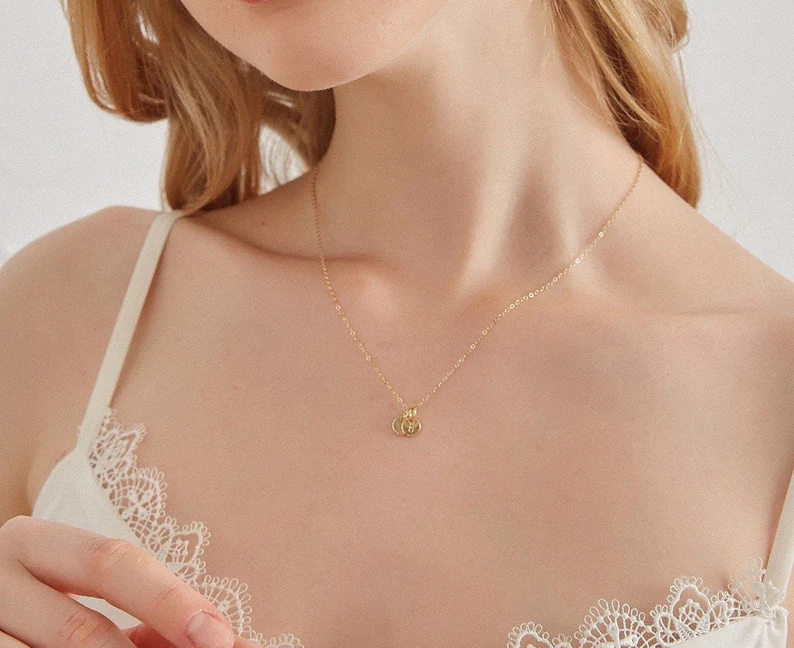
The best type of gold coating is the gold-filled method. In this case, the gold is mechanically bonded with the base metal underneath by melting the gold into the surface layer of the base. This makes gold-filled jewelry very difficult to recognize compared to standard gold alloys. The extra factor here is that the gold is expected to be a minimum of 5% of the finished product.
Which type of gold is the best?
Calling a certain type of gold “best” would depend on what you’re looking for. In terms of karats, most people recognize 14K and 18K gold as the ideal karats as they offer a perfect balance between looks, durability, value, and affordability.
When it comes to color, yellow, rose, and white golds are by far the most common and universally liked colors, and for good reasons – the alloys that go into the making of these colors are as stable, durable, and malleable, as they are gorgeous.
Of the four different types of gold coatings, gold filled is categorically the best both in terms of looks and longevity/durability.
Wrapping Up
All in all, gold alloys are as varying and fascinating as the types of jewelry they are used for. Some are more durable, others are shinier, some are more affordable, and others aren’t even alloys but are different types of gold platings. Each has its use and place, however, even though some are more common and popular than others.









